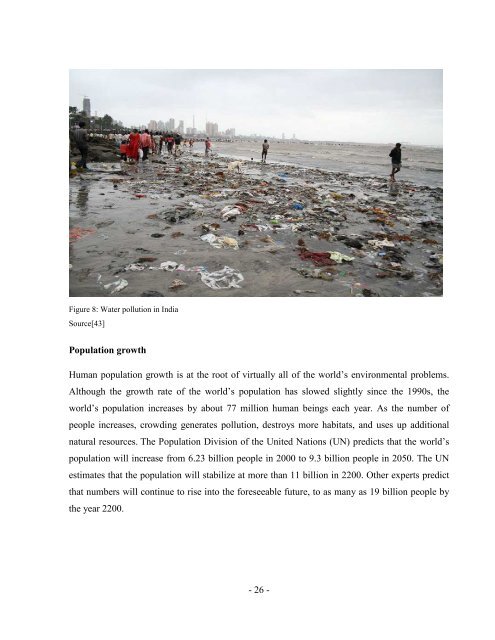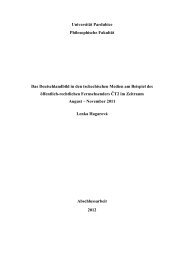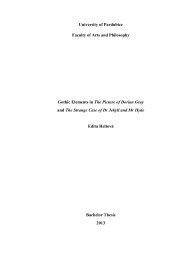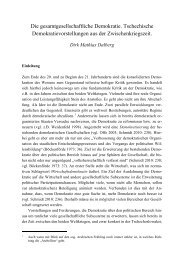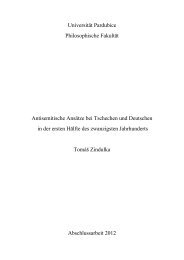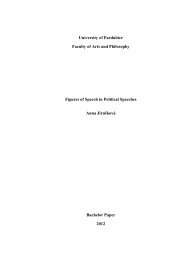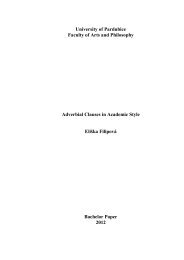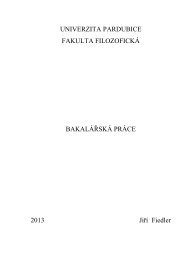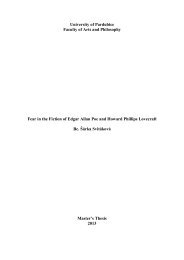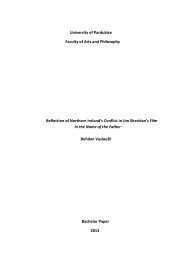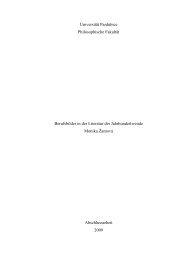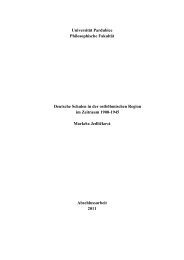University of Pardubice Jan Perner Transport Faculty Transport and ...
University of Pardubice Jan Perner Transport Faculty Transport and ...
University of Pardubice Jan Perner Transport Faculty Transport and ...
You also want an ePaper? Increase the reach of your titles
YUMPU automatically turns print PDFs into web optimized ePapers that Google loves.
Figure 8: Water pollution in India<br />
Source[43]<br />
Population growth<br />
Human population growth is at the root <strong>of</strong> virtually all <strong>of</strong> the world’s environmental problems.<br />
Although the growth rate <strong>of</strong> the world’s population has slowed slightly since the 1990s, the<br />
world’s population increases by about 77 million human beings each year. As the number <strong>of</strong><br />
people increases, crowding generates pollution, destroys more habitats, <strong>and</strong> uses up additional<br />
natural resources. The Population Division <strong>of</strong> the United Nations (UN) predicts that the world’s<br />
population will increase from 6.23 billion people in 2000 to 9.3 billion people in 2050. The UN<br />
estimates that the population will stabilize at more than 11 billion in 2200. Other experts predict<br />
that numbers will continue to rise into the foreseeable future, to as many as 19 billion people by<br />
the year 2200.<br />
- 26 -


